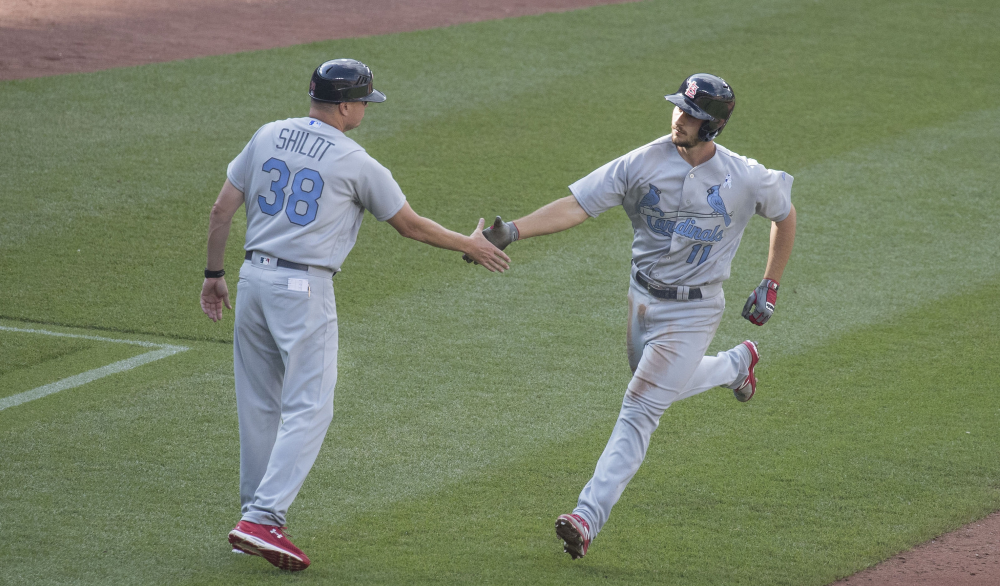Kirsten Karbach grew up listening to Andy Freed and Dave Wills call Tampa Bay Rays games on the radio. Now she’s following in their footsteps. At age 27, Karbach is the voice of Philadelphia’s high-A affiliate, the Clearwater Threshers. She’s been with the Florida State League club since 2013.
According to Ben Gellman, Karbach got her job by “knocking our socks off” in an interview.
“When I was with the Threshers, my boss told me I could hire a No. 2 broadcaster to intern and help me out,” explained Gellman, who now does play-by-play for the Salem Red Sox. “He suggested a guy from the University of South Florida, whose tape was pretty good, but I’d heard a couple of innings of Kirsten on tape and was blown away by the quality of her call. I told my boss, ‘We have got to bring her in for an interview.’
“We brought her on board and she was a terrific partner, consistently pointing out nuances of the game and enhancing the broadcast. When she took over the lead job in 2014, I knew she’d do a fantastic job and I’m so happy to see her continued success in a corner of our industry that badly needs more women and people of color — and other people who aren’t straight, white males — to give us a diverse perspective that better reflects our fans.”
Karbach obviously feels the same way, and while she’s currently the only female play-by-play broadcaster in affiliated baseball she doesn’t expect that to be the case for much longer. Read the rest of this entry »



